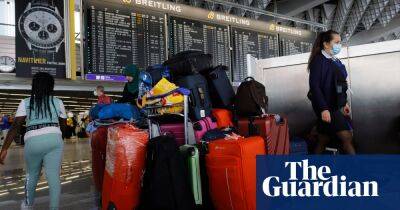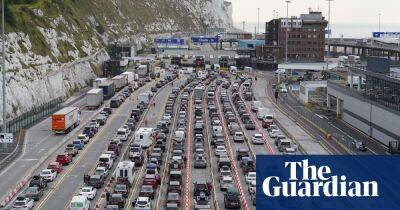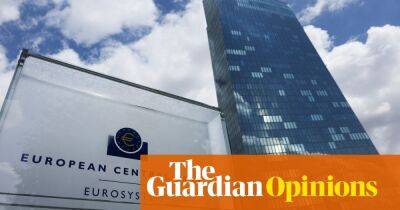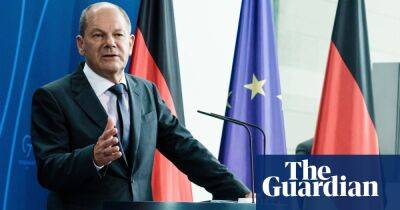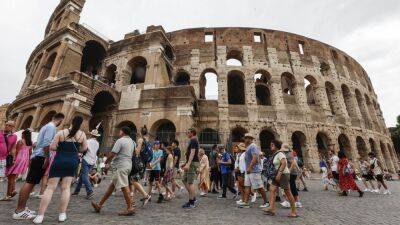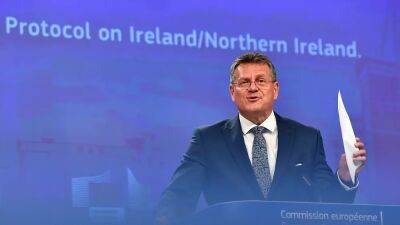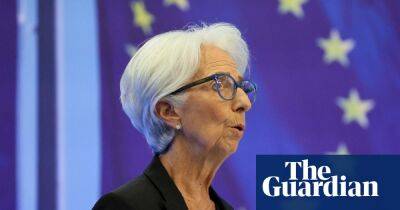Way to go: why Germany’s €9 travel pass is a big step in the right direction
After two years of Covid-driven decline in public transport use and increasing automobile trafficglobally, what can governments do to entice people out of their cars? In Germany, the response to the effects of the pandemic and the cost-of-living and climate crises has been bold and decisive. The federal government introduced a €9 (£7.60) monthly public transport pass, available to everyone and across the network for the months of June, July and August.
As soon as the offer was announced, our social media streams were buzzing with people sharing news of snapping up the opportunity to enjoy inexpensive, unlimited travel on all buses, trams, subways and regional trains across Germany. And after just one month, the success of the scheme appears to make a compelling case for other countries to follow suit.
A preliminary analysis found that, while previously longer train trips (in excess of 300km, or 186 miles) made up a majority of journeys on the German railway network, the reverse was true in June 2022. In just the first week, train trips of between 100km and 300km increased to 46% above pre-Covid levels – and, most impressively, to 58% for short-distance journeys of 30km to 100km. At the same time, a TomTom analysis found a decline in car congestion, resulting in improved driving times in 23 of 26 German cities examined.
What are the implications of these behaviour shifts, and what are the lessons for other countries or regions that are considering similar schemes?
First, making public transport cheaper should aim at significantly improving access to economic opportunity – including employment and education – for the residents who need it the most. For many, the choice to use public transportation is predicated on the
Read more on theguardian.com

 theguardian.com
theguardian.com